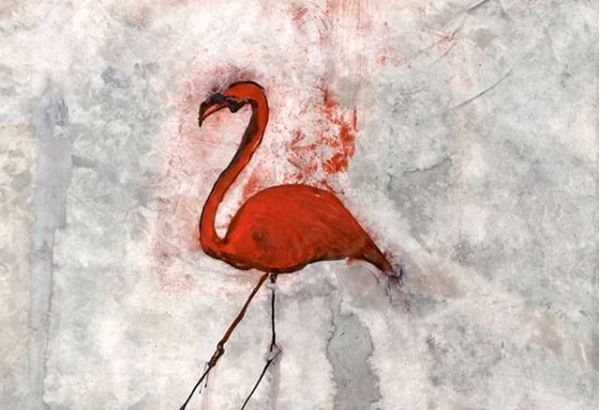Begin with breathing, as usual. Today we think about beauty. Let us be aware of all the preconceptions and just look at them in our mind. Symmetrical patterns. Some sort of similarity with things we expect to give us pleasure. An evolutionary side effect like a peacock feathers that for the female peacock are not beautiful but merely a trigger for reproductive behavior. Breathe again.
Let’s apply an operation we like when we feel we are stuck in static thinking. We understand our concept as a verb. We say not: something is beautiful, but: something beauties us. We want the aspect of time, of development. What we are saying is that beauty is structured like a narrative, a story. That is a wild speculation so let’s have a glass of water before we continue.
A story must engage us to invoke any emotion. We are going to make vague arguments that would require an entire book, but we don’t have time for the book. Yet, we are not rushing either. A story is told by another mind, we intuitively know this mind has the same expressive capability as we do. It is in the same way limited as we are: we cannot think its limitation. We breathe. This would be a complicated argument that we will leave for another time. Beauty is also a story that must be told in a language that we experience as universal.
Let’s think of traditional art forms like a symphony, a classicist painting or a sonnet. We find beauty in them as long as the story engages us. When we become aware of the limitations of their language, we might start to find it trivial and incapable of an aesthetic predicate. Once we talk about the limitations of tonal music, realist painting or formal poetry, we oblige ourselves to extend the domain of beauty. A theorist who is fully aware of these things might find beauty in Schönberg, Warhol or Ginsberg. This doesn’t invalidate the beauty of Beethoven, Rembrandt and Shakespeare, it just adds new ideas for situations where the limits of the old aesthetics become visible, much like Einstein’s theory of relativity didn’t invalidate Newton’s laws in their limited domain.
Breathe. We can read a book about the history of philosophical aesthetics and to which ‘school’ we belong. What is it we are saying? That aesthetic relativism is a serious challenge (a scandal even) that we must continually address. We can’t eliminate the notion of aesthetic relativism because things change and new limits become visible. Relativism can never be total either, because there are certain characteristics of ‘beautying’ (or ‘uglying’) that we can derive from its structure as a story.
Artwork by Ian Bourgeot
